Development of a Multidirectional BLE Beacon-Based Radio-Positioning System for Vehicle Navigation in GNSS Shadow Roads †
Abstract
1. Introduction
2. MD BLE Beacon-Based Radio Navigation
2.1. BLE CLOBER-Based Radio Navigation
2.2. BLE CLOBER Testbed Construction Status and Future Plans
3. Experiment Results
4. Conclusions
Author Contributions
Funding
Institutional Review Board Statement
Informed Consent Statement
Data Availability Statement
Conflicts of Interest
References
- Alam, M.; Ferreira, J.; Fonseca, J. Intelligent Transportation Systems; Springer: Cham, Switzerland, 2016. [Google Scholar]
- Bensky, A. Wireless Positioning; Artech House: Norwood, MA, USA, 2008. [Google Scholar]
- Yoo, S.-H.; Sung, T.-K. Development of Precise Indoor Location System Using Multidirectional Beacon. In Proceedings of the 2017 International Conference on Indoor Positioning and Indoor Navigation (IPIN 2017), Sapporo, Japan, 18–21 September 2017. [Google Scholar]
- Sung, T.K. Device for Estimating Location and Method for Estimating Location by Using Downlink Accesspoint. U.S. Patent 9,942,709, 10 April 2018. [Google Scholar]
- Park, P.; Marco, P.D.; Santucci, F.; Jung, M.; Sung, T.-K. Multidirectional Differential RSS Technique for Indoor Vehicle Navigation. IEEE Internet Things J. 2023, 10, 241–253. [Google Scholar] [CrossRef]


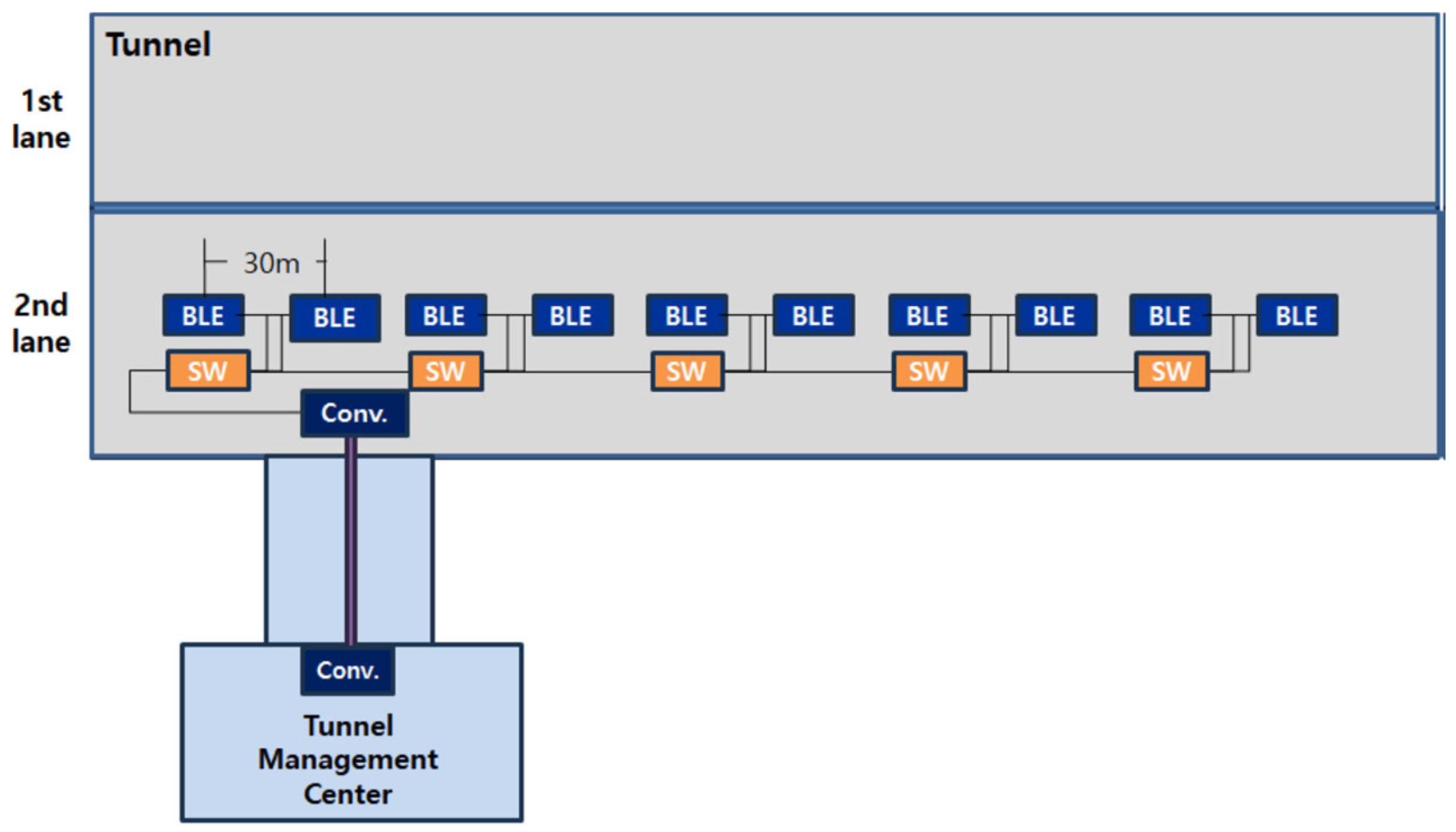
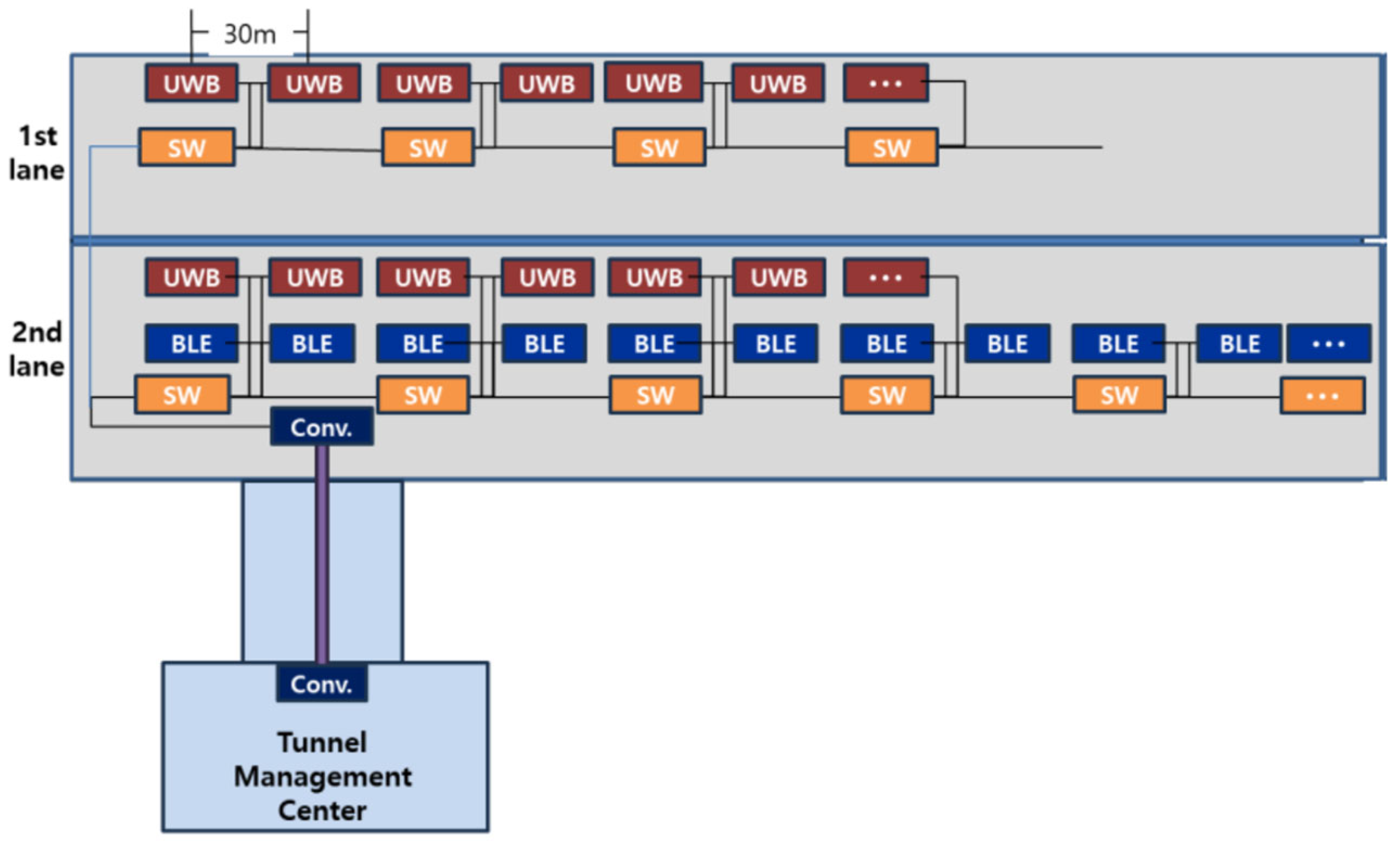
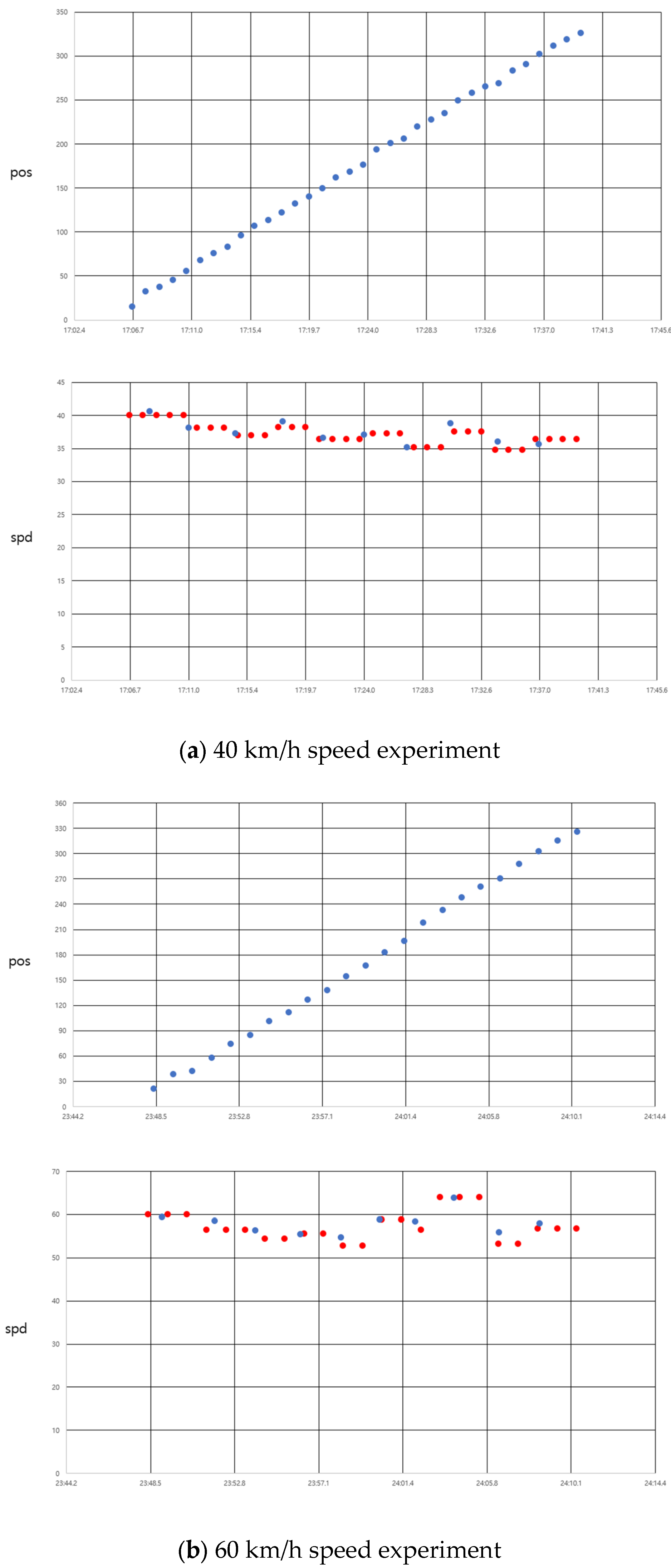
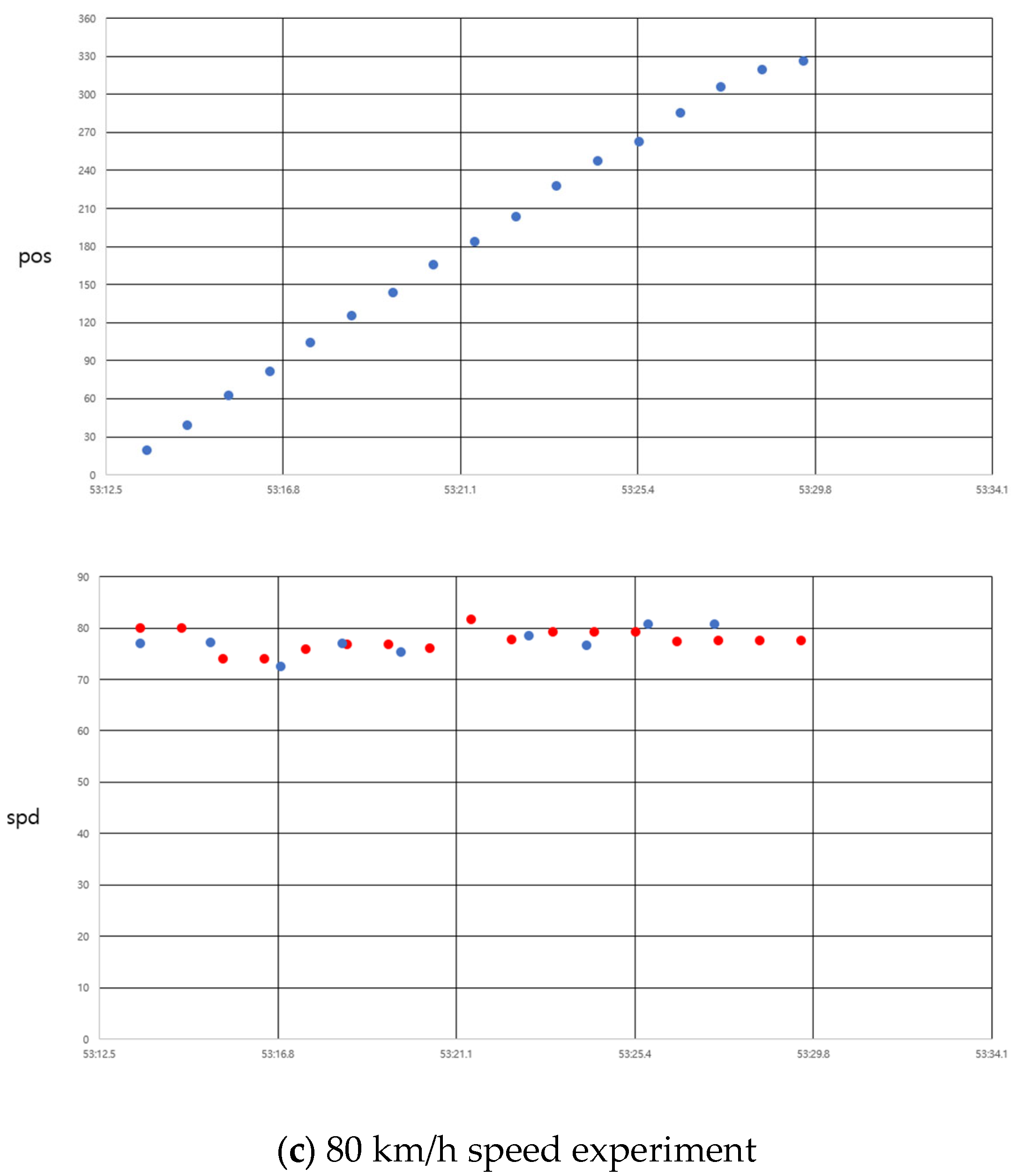
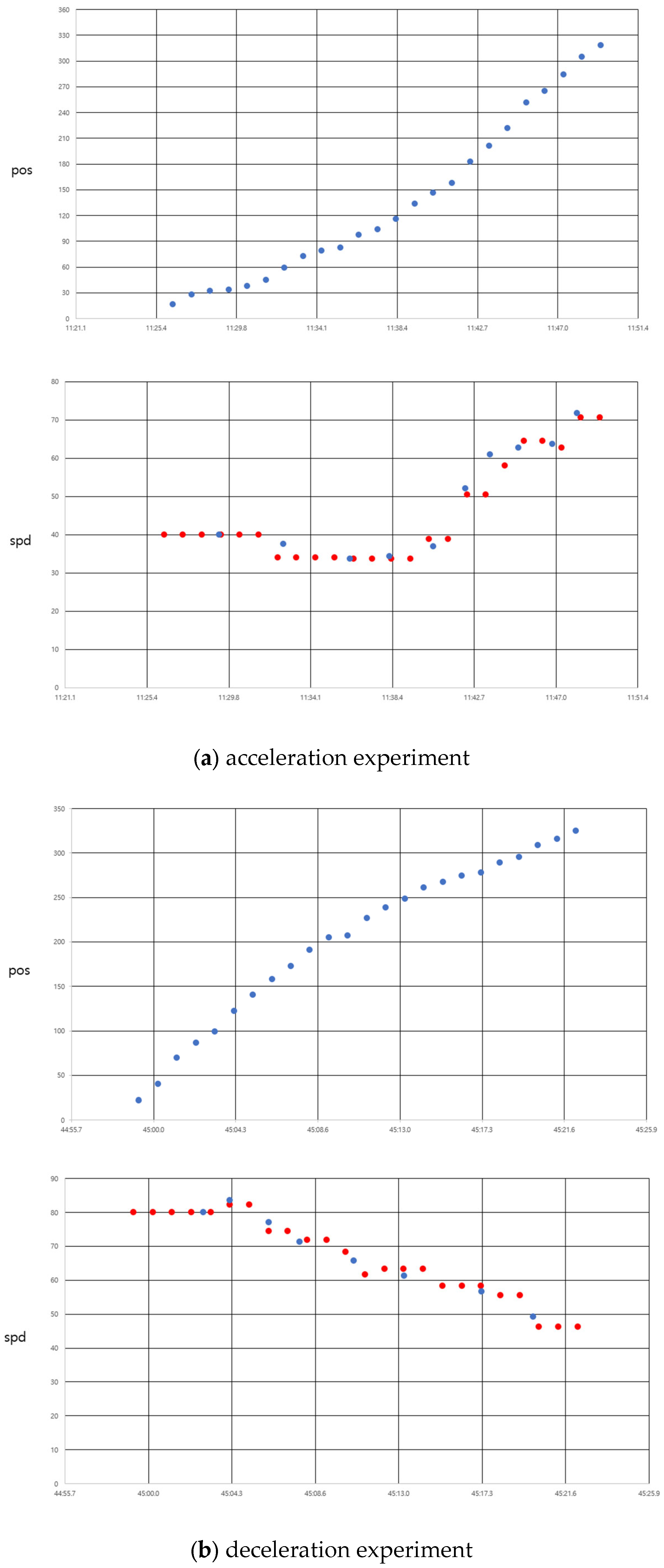
Disclaimer/Publisher’s Note: The statements, opinions and data contained in all publications are solely those of the individual author(s) and contributor(s) and not of MDPI and/or the editor(s). MDPI and/or the editor(s) disclaim responsibility for any injury to people or property resulting from any ideas, methods, instructions or products referred to in the content. |
© 2025 by the authors. Licensee MDPI, Basel, Switzerland. This article is an open access article distributed under the terms and conditions of the Creative Commons Attribution (CC BY) license (https://creativecommons.org/licenses/by/4.0/).
Share and Cite
Sung, T.-K.; Kwon, J.-W.; Jang, J.-Y.; Kim, S.-J.; Lee, W.-W. Development of a Multidirectional BLE Beacon-Based Radio-Positioning System for Vehicle Navigation in GNSS Shadow Roads. Eng. Proc. 2025, 102, 9. https://doi.org/10.3390/engproc2025102009
Sung T-K, Kwon J-W, Jang J-Y, Kim S-J, Lee W-W. Development of a Multidirectional BLE Beacon-Based Radio-Positioning System for Vehicle Navigation in GNSS Shadow Roads. Engineering Proceedings. 2025; 102(1):9. https://doi.org/10.3390/engproc2025102009
Chicago/Turabian StyleSung, Tae-Kyung, Jae-Wook Kwon, Jun-Yeong Jang, Sung-Jin Kim, and Won-Woo Lee. 2025. "Development of a Multidirectional BLE Beacon-Based Radio-Positioning System for Vehicle Navigation in GNSS Shadow Roads" Engineering Proceedings 102, no. 1: 9. https://doi.org/10.3390/engproc2025102009
APA StyleSung, T.-K., Kwon, J.-W., Jang, J.-Y., Kim, S.-J., & Lee, W.-W. (2025). Development of a Multidirectional BLE Beacon-Based Radio-Positioning System for Vehicle Navigation in GNSS Shadow Roads. Engineering Proceedings, 102(1), 9. https://doi.org/10.3390/engproc2025102009





